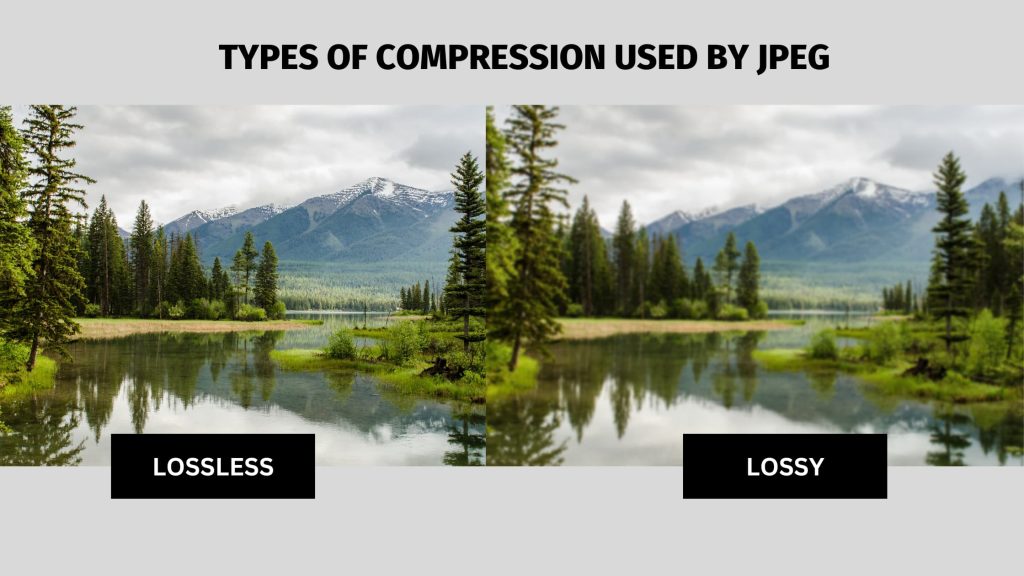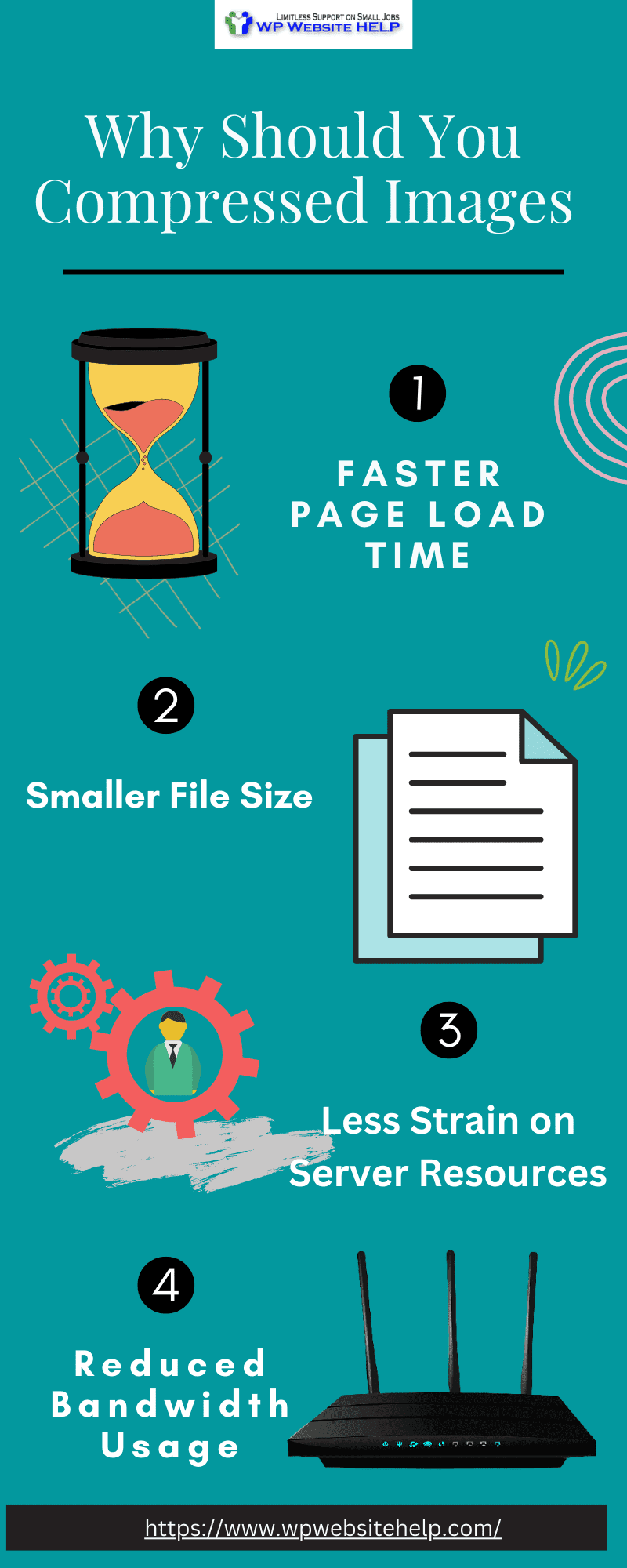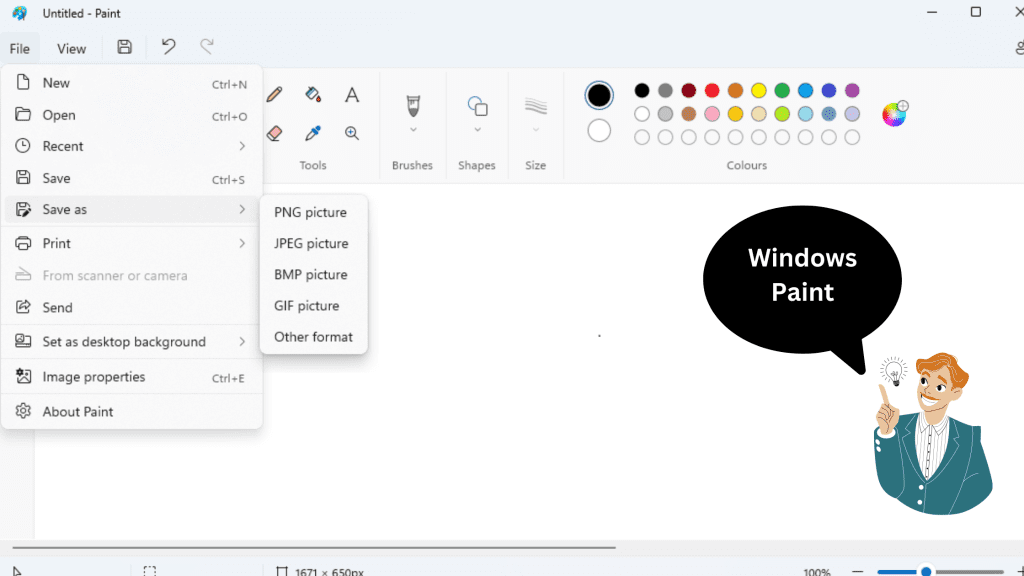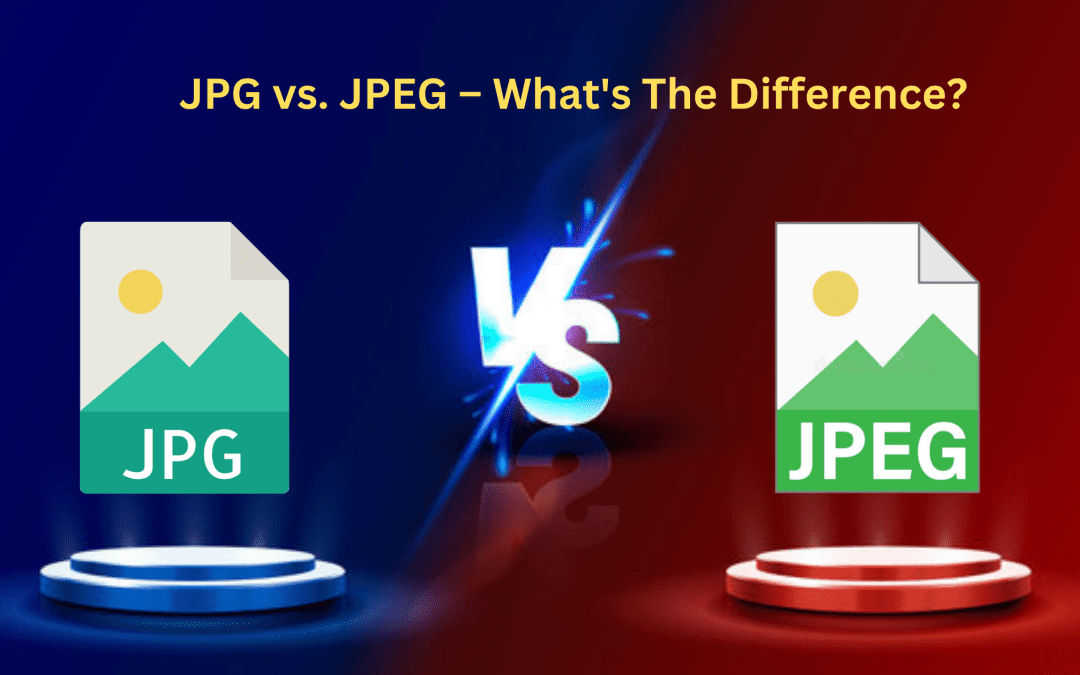JPG vs JPEG: If you’re a digital photographer or just someone who likes to take photos for fun, you’ve probably heard of JPG and JPEG files. But what’s the difference between them? JPG and JPEG are both image file formats, but they have different characteristics. JPG files are compressed files that use lossy compression, while JPEG files are compressed files that use lossless compression. In this blog post, we’ll discuss the differences between JPG and JPEG files, and when you should use each one.
So, What Is JPEG?
JPEG file format for storing digital images. JPEG, or Joint Photographic Experts Group, was the name of the committee that created the standard. A JPEG file contains a compressed version of the image and a copy of the original, unprocessed image data.
A JPEG file is smaller than its TIFF or RAW equivalent because it doesn’t contain all of the information captured by your camera’s sensor. JPEG compression is lossy, meaning that some data will be lost when converting to JPEG format. However, with modern cameras, this loss is typically negligible compared to the overall size savings you will achieve by using JPEGs instead of TIFFs or RAWs.
Types of Compression Used by JPEG
Lossless
This type of compression discards only unnecessary information so that when you open it again, you get exactly the same image as before (apart from any degradation caused by your screen).
Lossy
This type of compression discards useful information in order to reduce the file size even further than lossless compression does. The result may look good at first, but if you examine it closer, you will find artifacts that were introduced by the compression process – these are visible as blocky patterns or color changes around the edges of your image.
These artifacts are not a problem for most web graphics because they are viewed at such a small size, but they make JPEG unsuitable for archiving photos where quality is important and can be quite disturbing when applied to larger images. For instance, landscape photos or portraits are taken with high-megapixel cameras or scanned film frames.

JPEG Can Be Used in Two Different Modes: Baseline and Progressive
In baseline mode (the default setting), each line of pixels is encoded separately from its neighboring lines so that no redundant information needs to be stored in order to reconstruct an image from its constituent parts at any given resolution or percentage quality level.
On the other hand, in progressive mode, information about each line is gathered together before being encoded into a single row for each pass through the image so that if one were able to decode an incomplete row as it was being transmitted over a network connection.
Interesting Facts about JPEG File Format
JPEG compression allows you to reduce the file size of an image by up to 75%. This makes it ideal for storing images on your computer or sharing them over the Internet.
The JPEG file format can support 16 million colors at one time. This means that every pixel on your screen will be able to display one of these colors. It also means that each pixel can have its own color value instead of having one color value for all pixels in an image.
The JPEG format is designed to handle images with a large number of colors, such as photos and other continuous-tone images. JPEG supports up to 65,535 x 65,535 pixels maximum and 8-bit grayscale or 24-bit RGB color per channel.
Where Can You Use JPEG File
Some of the instances include:
- When you want to share a photo with someone via email, text message, or social media.
- When you want to use a photo for web design, such as on your website or in an email newsletter.
- When you need to send a large number of photos over the Internet and don’t want to take up too much space on your device.
- When you want people to be able to zoom in on a particular part of the image without losing quality.
What Is JPG?
JPG is a common image format used on the web and in digital cameras. The difference between the JPG and JPEG formats: the number of characters used. The letters “JPG” were shortened to “jpg” so they wouldn’t conflict with other file types on early versions of Windows (MS-DOS 8.3 and FAT-16 file systems) that required three-letter extensions.
The JPG format also uses lossy compression to reduce the file size of an image. This means that some information is lost when the image is compressed, but this can be beneficial if you need to save space or bandwidth.
When saving an image as a JPG, you can choose from several different levels of compression. The higher the level of compression, the smaller your file size will be, but also, the more likely it will be that you’ll notice artifacts (pixels) in your image.
JPEG files can be opened and edited with many programs, including Photoshop and GIMP.
Why Should You Compressed Images

The most critical benefits of compressing images include the following:
1. Faster Page Load Time
The main advantage of compressing images is faster page load time. If an image takes 10 seconds to load, compress it with TinyPNG or Photoshop.
2. Smaller File Size
A smaller file size corresponds to fewer bytes for downloading, which will help improve user experience and save bandwidth costs for your website host provider.
3. Less Strain on Server Resources
Large images demand more server resources since they take longer to download and process on the user’s browser.
This will increase your hosting costs as well as cause other problems such as slow loading times and increased bounce rate, which will affect SEO rankings negatively if not appropriately addressed by using good SEO practices.
4. Reduced Bandwidth Usage
Compressed images require less bandwidth usage compared to uncompressed pictures due to their smaller file sizes.
How to Convert Images into JPG
The best way to convert your images is by using a dedicated converter. These programs convert files better than any other approach.
Here are two of the best options for converting image files:
1. Windows Paint

Windows Paint is a free utility that comes preinstalled on Windows 10 and other versions of the OS. It doesn’t have an option to convert file format, but it can be used to convert images from one format to another.
For example, if you have an image in PNG format and want to convert it to JPG, then open your image in Windows Paint and select File> Save As. A dialog box will pop, then click on the drop-down menu next to ‘Save as type’ and select JPEG (.jpg). Now click Save, and the image will be converted to JPG.
2. Affinity Designer

Affinity Designer is a robust vector graphics editor for macOS with advanced capabilities like node editing and live previews. It’s a terrific tool for designers who want to produce artwork for print and web projects.
You can easily convert your images from one format to another using Affinity Designer by selecting File> Export. The Export dialog box opens up, where you can choose the file format (JPEG or PNG) and set any desired options, such as compression level or quality percentage, etc., before exporting your File.
Frequently Asked Questions of JPG vs JPEG
A JPG is an image file that uses lossy compression, while a JPEG is an image file that uses lossless compression.
A lossy file means that some data has been lost during the compression process. It can result in some distortion of the image’s original colors, but it also results in significantly smaller files than would be possible with lossless compression. Lossy compression is often used to reduce the size of graphics files so they can be sent over the Internet quickly and easily.
If you’re viewing your image in a browser, you can usually tell by looking at the filename: if it ends with a jpg (e.g., “image1.jpg”), then it’s likely a JPG; if it ends with a jpeg (e.g., “image1.jpeg”), then it’s likely a JPEG.
Conclusion
Overall, the two picture formats are very similar. In many cases, the differences are barely noticeable. As we mentioned above, JPG will compress your image more while often retaining image quality. JPEG compression can cause the loss of detail in images and make them look grainy. We should always use the JPG format when there is a lack of clarity with small text or graphic details. JPEG should be used when there are finite data, and you have a high-quality image to complete to work with.
Read Also: Best WordPress Image Optimization Plugins
We are dedicated to sharing useful content for WordPress websites in the business & personal communities. This includes any related topics indirectly related to WordPress, marketing, advertising, e-commerce, technology, or any other online subjects we feel would benefit our readers and customers.
Debashrita @ The WP Website Help Team

